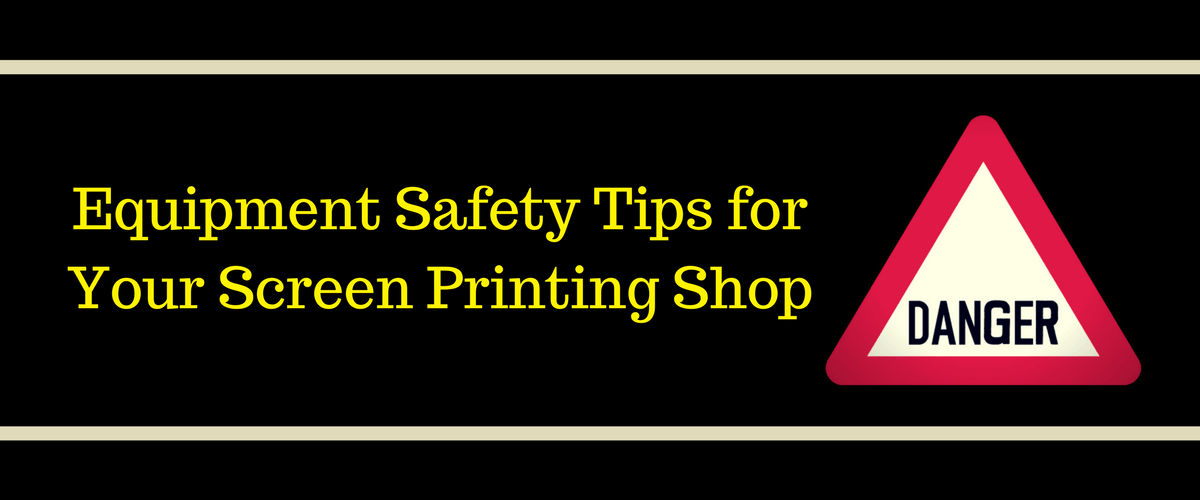

Революция в индустрии трафаретной печати благодаря передовым технологиям и качественному обслуживанию
Anatol Equipment Manufacturing Co.
1429 S Shields Dr
Waukegan, IL 60085


Революция в индустрии трафаретной печати благодаря передовым технологиям и качественному обслуживанию
Anatol Equipment Manufacturing Co.
1429 S Shields Dr
Waukegan, IL 60085

Every winter — when the moisture in the air drops outside and furnaces further dry the indoor air — static electricity abounds. Unfortunately for printers, print shops create the perfect environment for the generation of static electricity.
Читать далее
Even for established screen printers, opening your business to online sales can help you to boost your profits. Opening an online store can attract new customers and create a new source of revenue to help you through normal seasonal lulls.
Читать далее
During the day to day operation of your screen printing business, it’s easy to get so busy working in your business that you forget to work on your business. As a business owner, if you have a team of employees working under you, it should free up time for you to step back from the fine details and take a look at improving the big picture.
Читать далее
Screen printers know that there’s an ebb and flow to the business; each year, business seems to pick up in the spring and summer and into the fall, as sports teams, schools, festivals and special events seek custom apparel. Though you know busy periods happen, knowing how to prepare for them can be more difficult.
Читать далее
In order to grow your screen printing business, it’s important to keep an eye out for new products you can add to your list of offerings. One customizable item that continues to grow in popularity is the reusable canvas tote bag.
Читать далее
Are you doing everything you can to keep employees safe in your screen printing shop? While our previous blog shared tips for protecting employee health and safe handling of screen printing chemicals, there’s one more danger to consider in your shop: Your screen printing equipment.
Читать далее
Screen printing shops are full of dangers. Screen printers work with flammable substances, toxic chemicals, high-powered heating units and heavy machinery.
Читать далее
Screen printing is all about personalization. Your clients use custom-printed products to make themselves or their businesses stand out. Are you following their example?
Читать далее
Any screen printer who sets out to find a basic t-shirt to use as a go-to substrate will quickly be faced with the reality of garment selection: there is no such thing as a basic t-shirt.
Читать далее
As a screen printer, you know that customers want their orders filled as quickly as possible with no sacrifice in print quality. Meeting your deadlines is key to keeping your customers happy (and coming back for more business).
Читать далее
“You have to spend money to make money,” but all business owners know that balancing costs is a must when it comes to maximizing profits.
Читать далее
From time to time, screen printing will throw some challenges at you that leave you guessing. How can you overcome particularly difficult jobs?
Читать далееYour message was successfully sent!